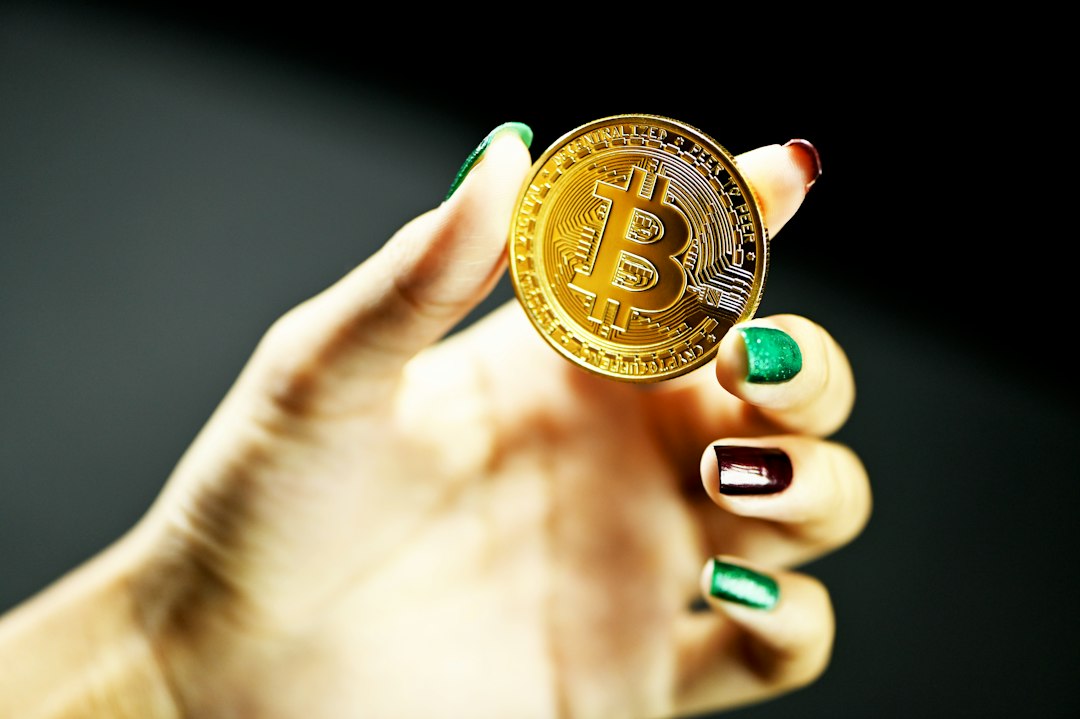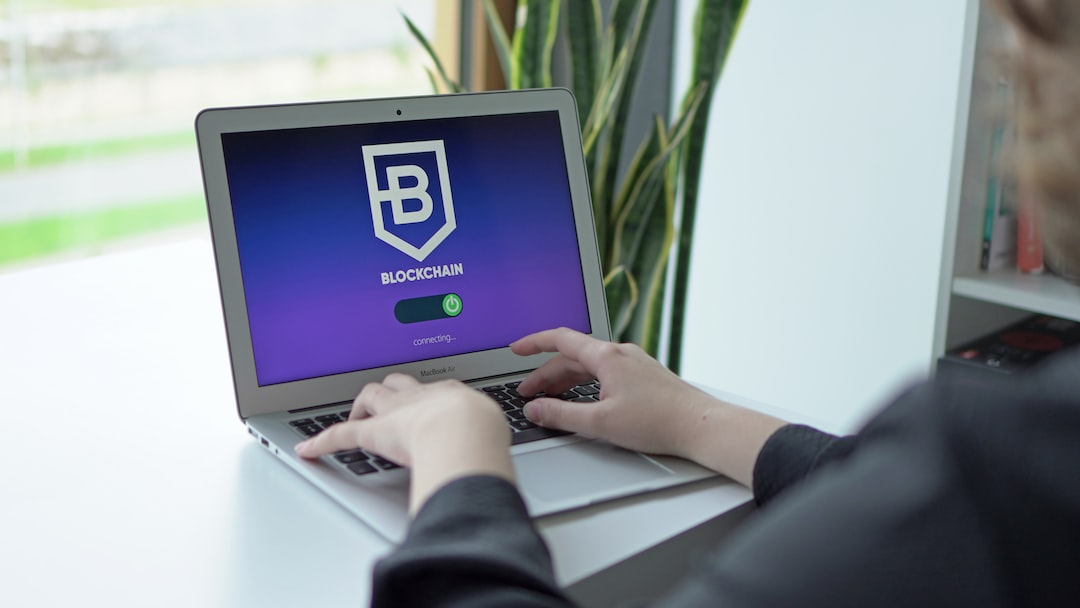Brazilian Tax Authority Recognizes Growth in Stablecoin Trading
The Brazilian Tax Authority (RBF) has acknowledged the significant growth in stablecoin trading in Brazil, surpassing the volumes of cryptocurrencies like BTC. Stablecoins are tokens tied to the value of other currencies and are considered more stable in value. This growth expands the possibilities of using stablecoins as a means of payment.
Tether’s USDT Dominates Stablecoin Trading
Tether’s USDT, along with USDC and BRZ (a Brazilian real-pegged stablecoin), are the most traded stablecoins in Brazil. However, USDT has the highest trading volumes, accounting for 80% of all transactions in 2023. The RBF previously reported that over $18 billion were transacted using USDT during the first two quarters of 2023, representing over 80% of the total volume moved during that period.
USDT’s Leadership Confirmed by Brazilian Tax Authority
The Brazilian tax authority has confirmed USDT’s leadership in the Brazilian cryptocurrency market and recognizes its potential impact on future regulatory oversight. The authority stated that the dominance of stablecoin trading, particularly USDT, could have significant implications for taxation and regulations surrounding cryptocurrencies in Brazil.
Since 2019, USDT transactions have reached more than 271 billion reals (around $54 billion). The reported trading volumes of USDT surpassed BTC in 2022 and have continued to skyrocket since July 2022.
Growth Due to Usefulness of USDT
Tether’s CEO Paolo Ardoino attributes the growth of USDT adoption in Brazil to its usefulness and ability to solve real-world problems. He believes that when a product is genuinely useful and solves problems, it naturally gains traction. The popularity of stablecoins in Brazil is also driven by factors such as the absence of administration or performance fees and the existence of a 24-hour liquid market for trading these assets.
Hot Take: Stablecoins Transforming the Brazilian Cryptocurrency Market
The growth of stablecoin trading, particularly Tether’s USDT, has transformed the Brazilian cryptocurrency market. With their stability and usefulness, stablecoins have become a preferred choice for Brazilians looking to hedge against devaluation and inflation. The dominance of USDT has caught the attention of the Brazilian tax authority, raising questions about future regulations and taxation in the country. As stablecoins continue to gain popularity, they are reshaping the landscape of cryptocurrencies in Brazil.





 By
By
 By
By

 By
By
 By
By